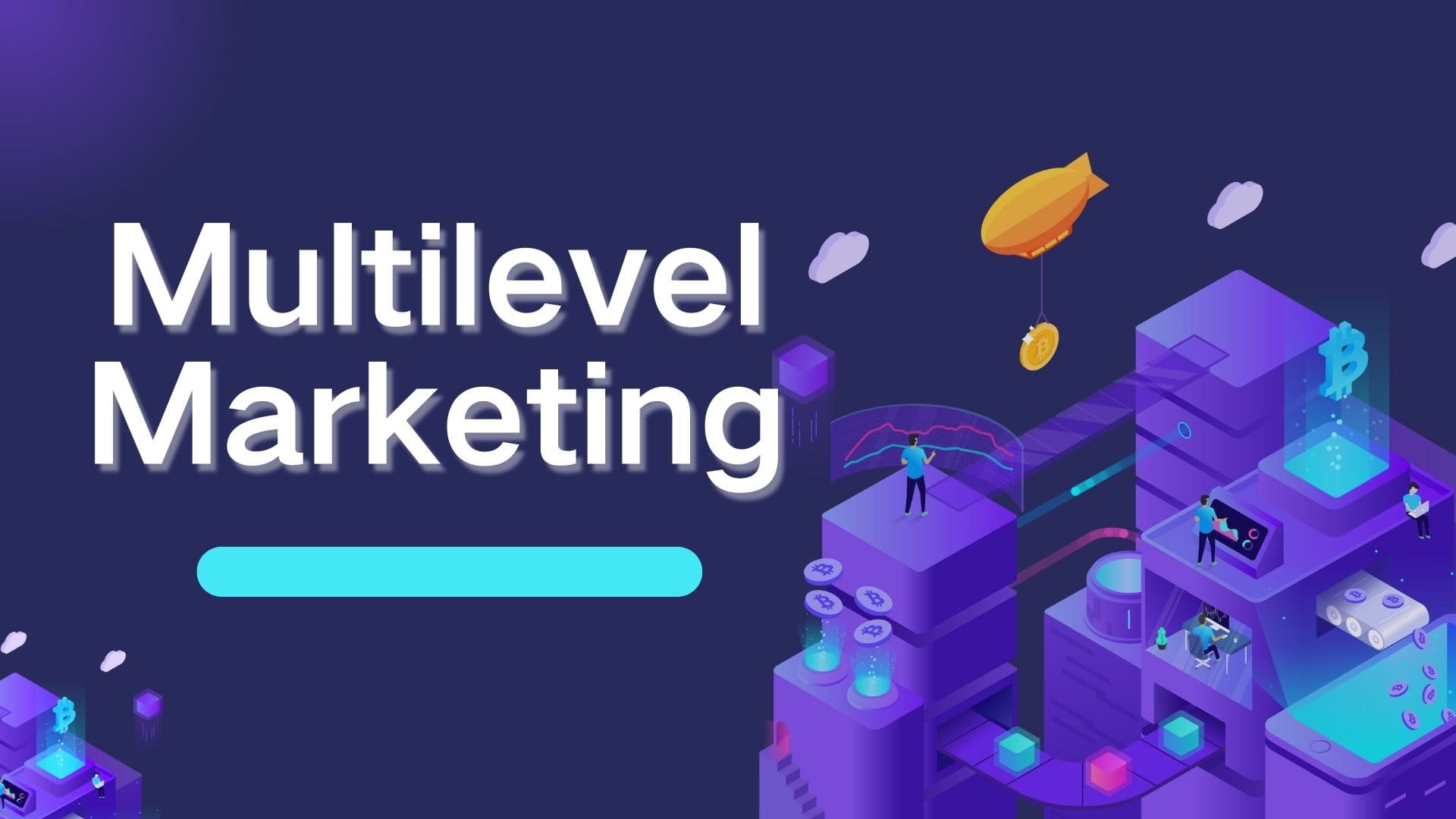Multilevel marketing (MLM), or network marketing, which is built on the capability of human beings, has evolved from trade by barter in early times to intelligent transactions.
Multilevel marketing saw a person as an asset, not just a buyer. Instead of pushing a few sales representatives to increase sales, customers were encouraged to sell products and offered compensation for each sale. Businesses were able to leverage their customers to increase sales, which benefited all parties.
Many business tycoons, such as the author of the bestselling book Rich Dad, Poor Dad, promoted this network marketing model. The major selling point was that MLM was cost-effective, had low risk, grew entrepreneurs, and could be done part-time.
It was not a get-rich-quick scheme; it took real work to succeed. These companies gained traction in several economies; Malaysia, for instance, recorded a total of 3.2 million product distributors on network marketing in 2020, worth RM19 billion (Malaysian Ringgit).
What is Multilevel Marketing
Multilevel marketing is a form of direct sales in which participants make money from their sales and those they recruit. It leverages referrals and direct selling. The distributor performs two functions, selling and promotion, thus reducing company costs on these activities.
It is a distance selling of products where distributors reach out to audiences from homes, workplaces, social meetings, etc. Due to this flexibility, growth tendency is high. Products range from cosmetics, food supplements, spices, garments, etc., to virtual products, like energy, as seen in the US, China, and Japan.
Independent distributors help grow an active customer base that buys the company product to earn a commission.
History of Multilevel Marketing
The origin of multilevel marketing dates to the direct selling concept used by California Vitamins but promoted by Amway. These companies noticed many sales were coming from referrals of family and friends.
So, they encouraged such referrals by providing commissions to the distributors. This helped reduce the money spent on advertising and became the commission.
Word of mouth and face-to-face selling proved more effective than billboards, media, etc. Trust was a key factor for the success. So, Amway placed integrity at the core of its business values. Network marketing was based on relationships and trust. Successful MLM companies hinge on this integrity secret; as Ambit Energy says, “we never sacrifice integrity for growth.”
How Multilevel Marketing Works
A distributor signs up for the company product and recruits customers. As it does this, it introduces the same incentive concept to its customers: they’ll get paid a commission when they recruit customers.
This customer base forms the distributor’s downline, which grows like a chain. To ensure downline growth, some businesses allow customers to have a maximum of two direct customers beneath them. Additional customers will be fed into the downline to ensure even distribution and growth.

Anyone in the network can grow the chain. Baker, for instance, can recruit James and send him to Harold, who only has Ted. The expectation is that James will recruit, and the chain will keep growing. Harold may be a new recruit not fully committed; however, with more coaching and motivation, he begins growing the chain.
Whoever you introduce into the chain forms your downline. These people encourage one another to grow the network.
Examples of Organizations Using Multilevel Marketing
Many network companies, such as Amway and GNLD, have survived for over 50 years using MLM. Subsequent, Ambit Energy, Mary Kay, Agel Enterprises, Oriflame, and Telecom Plus, have also become well-known.
Pros of Multilevel Marketing
- It saves costs that would have been used for promotional activities
- It is the cheapest business to start, as only a small investment is required
- It leads to a rapid expansion of the organizational customer base
- It promotes cooperation and team spirit
- It does not require higher education and supports learning.
- It offers limitless earnings instead of a fixed salary, depending on your skills and hard work
- It offers freedom instead of reporting to the office from 9 to 5
- It offers job security, as customers have the company’s product in their hands to sell and grow downline
- It increases the communication skills of marketers
- It helps build self-confidence in selling products
- It is a win-win situation for all involved parties
Challenges of Multilevel Marketing
- Some businesses mislead users with false promises and high commissions
- Sometimes, distributors force their relatives and friends to buy the products, even if they do not need them
- Some network companies do not offer refunds or accept returned products
At this point, it is important to set a disparity between a legitimate MLM plan and an illegal pyramid scheme.
- Emphasis on MLM is on product sales rather than on recruitment of others. MLM is a product marketing concept. The business has a tangible good or service to offer. Customers are only distributors. In an illegal pyramid scheme, recruitment or subscription fee is a major connector used to pay those who joined earlier.
- The sales pitch of MLM requires hard work in product sales, whereas the pyramid scheme offers complex and exaggerated compensation promises. MLM is not a get-rich-quick scheme; it takes hard work and commitment.
- MLM businesses and products have all details available, whereas, in the pyramid scheme, information about the company is scarce or limited to a website. When such a pyramid scheme fails, it is difficult to trace the company to a location.
Summary
Multilevel marketing is a smart way to distribute products. It is a cost-saver and profit-building process that helps engage a growing middle class and promotes entrepreneurial spirit.
Multilevel marketing is a win-win situation for all stakeholders: the company wins in terms of sales, and the distributors win in terms of network and commission. Therefore, the network marketing companies keep growing.
